Military
These NATO Nations Have the Most Strike and Attack Aircraft in Europe
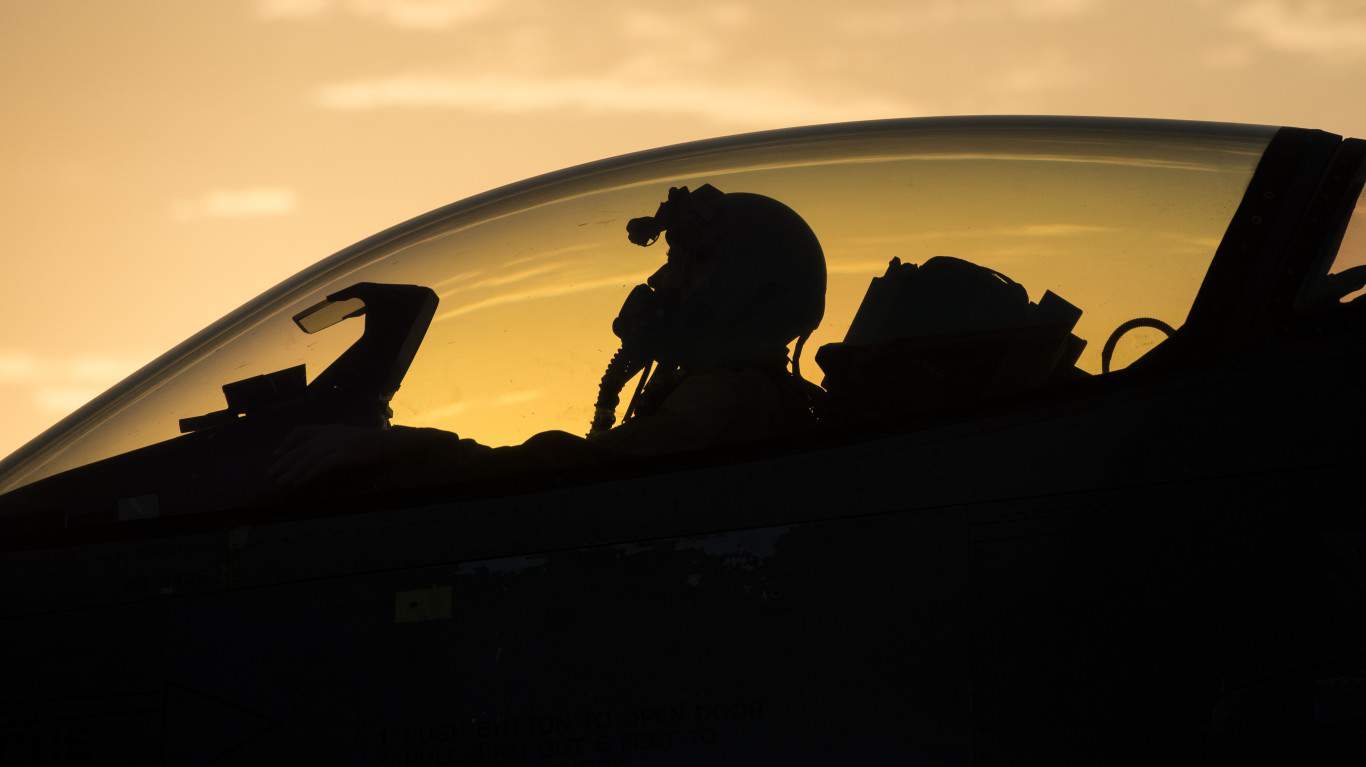
Published:

What makes NATO the most powerful military alliance in the world? The tanks, artillery, and multiple launch rocket systems (MLRS) help for sure, but NATO’s real strength lies in its combined air force. While the U.S. leads the pack in terms of aerial power, many European nations have formidable forces as well. At the tip of the spear of these air forces is their attack and strike aircraft.
Here, 24/7 Wall St. is taking a closer look at the attack and strike aircraft arsenals of Europe. To determine the European countries with the most attack or strike aircraft, 24/7 Wall St. reviewed the 2024 military strength report from Global Firepower, an annually updated defense-related statistics website with information on 145 countries. We ranked these countries according to which countries have the most of these aircraft. We included supplemental information regarding each country’s current air force and overall military strength ranking. Nations that did not have any military aircraft were excluded. Note that we did not include Russia in this list.
It should be noted that the classification of attack and strike aircraft generally refers to aircraft that are primarily designated for air-to-ground missions, meaning they primarily engage land and sea targets. These aircraft typically carry larger payloads than fighter or interceptor aircraft, and different armament as well. However, in recent years as aircraft have become more advanced, these lines between strike and fighter aircraft have become blurred because of the multirole capabilities that many of these jets possess. Again, 24/7 Wall St. is going off the primary designation of these aircraft according to Global Firepower. As such, some nations like France will not be listed because the Dassault Rafale, which is typically used for these types of missions (multirole), is primarily a fighter and interceptor aircraft.
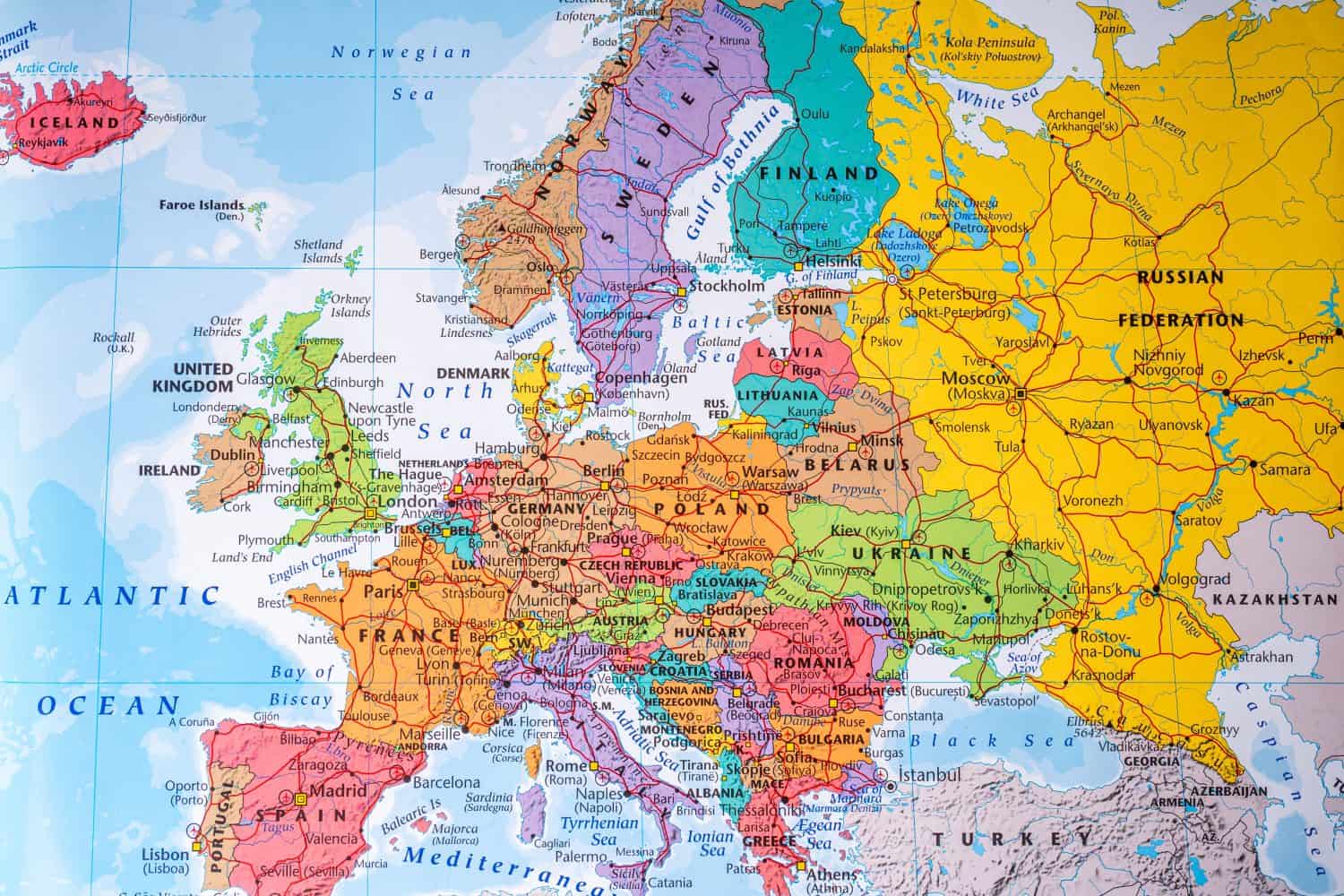
Understanding the military dynamics in Europe is important considering the continent’s deeply rooted geopolitical challenges going forward. Historically, Europe has been marked by wars, shifting alliances, and territorial disputes, and yet it still remains a key player on the global stage. At the same time, alliances like the EU or NATO are some of the most powerful in terms of their influence on the world. Whether it is a question of NATO’s expansion or Russia’s campaign in Eastern Europe, these military forces tilt the region’s balance of power.
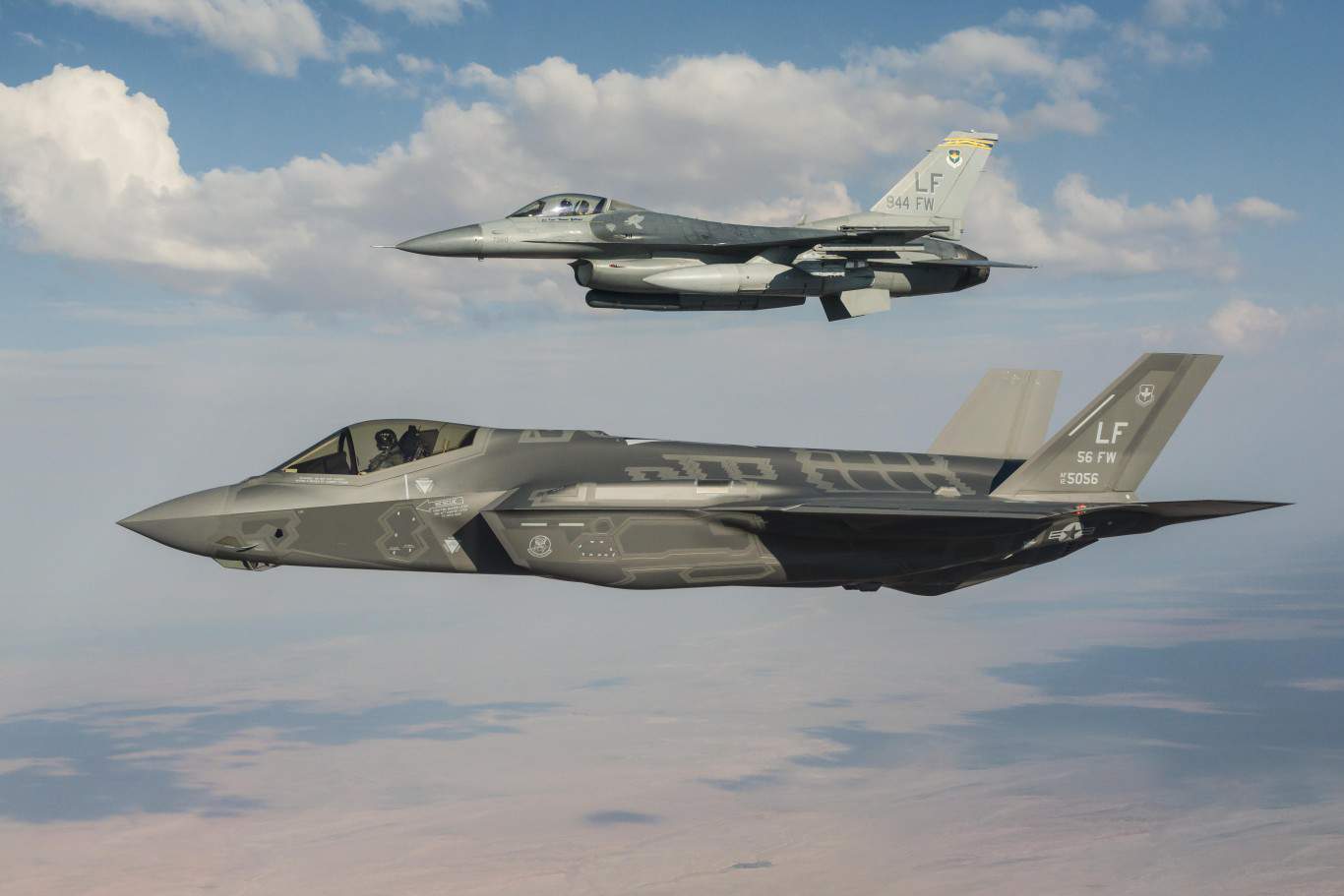
In terms of its ground forces, Denmark has 4,056 military vehicles (including 44 tanks and 19 artillery units). Denmark has 20,000 active-duty personnel out of a total population of 5.9 million.
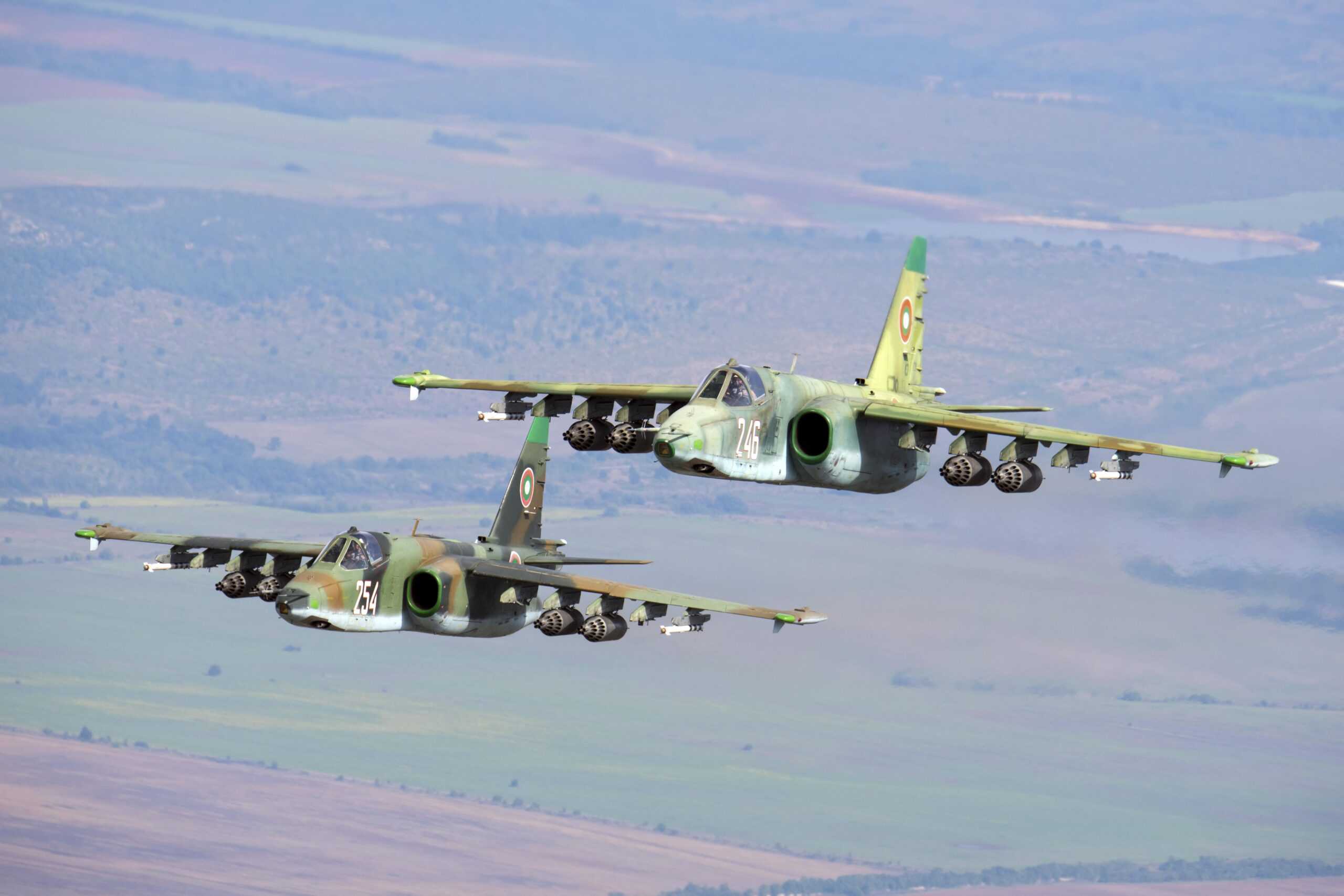
In terms of its ground forces, Bulgaria has 7,420 military vehicles (including 215 tanks, 273 artillery units, and 24 MLRS units). Bulgaria has 37,000 active-duty personnel out of a total population of 6.8 million.
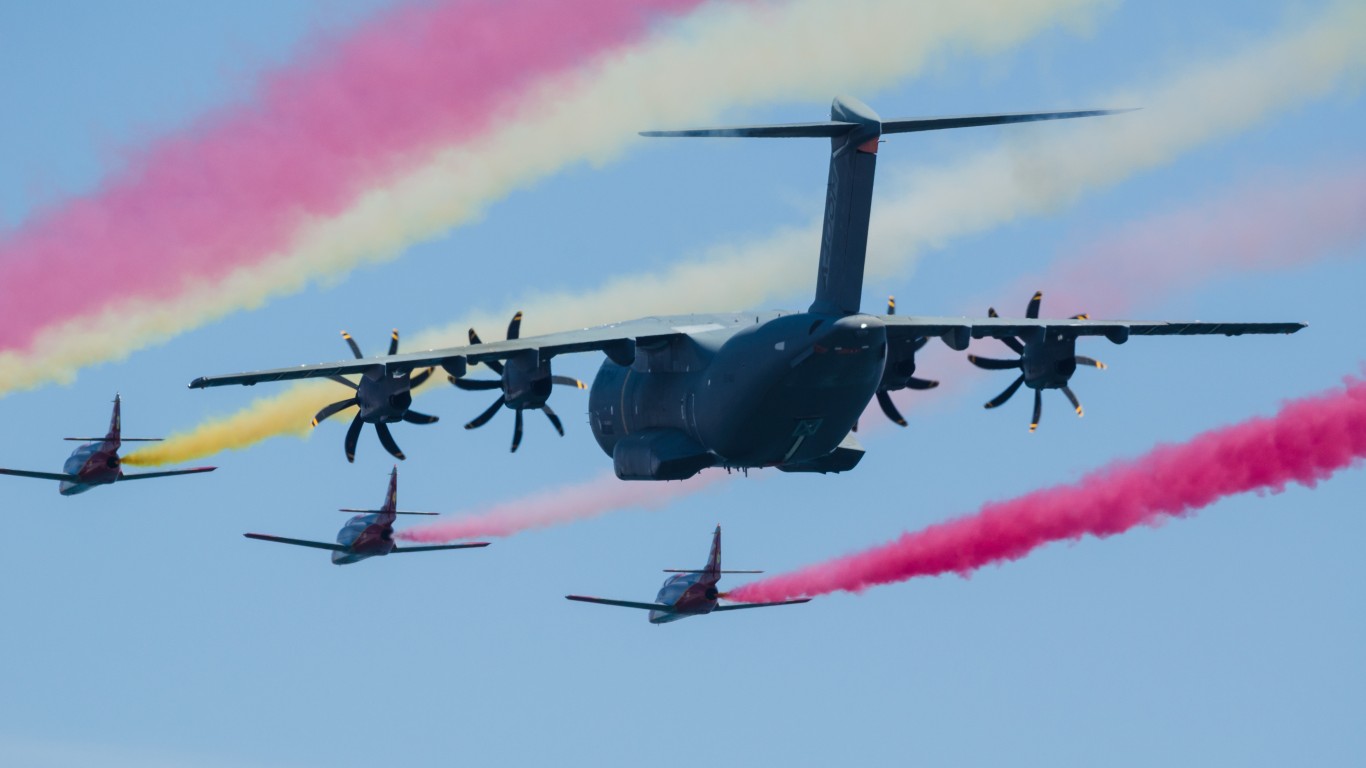
In terms of its ground forces, Spain has 15,046 military vehicles (including 327 tanks and 236 artillery units). Spain has 133,282 active-duty personnel out of a total population of 47.2 million.
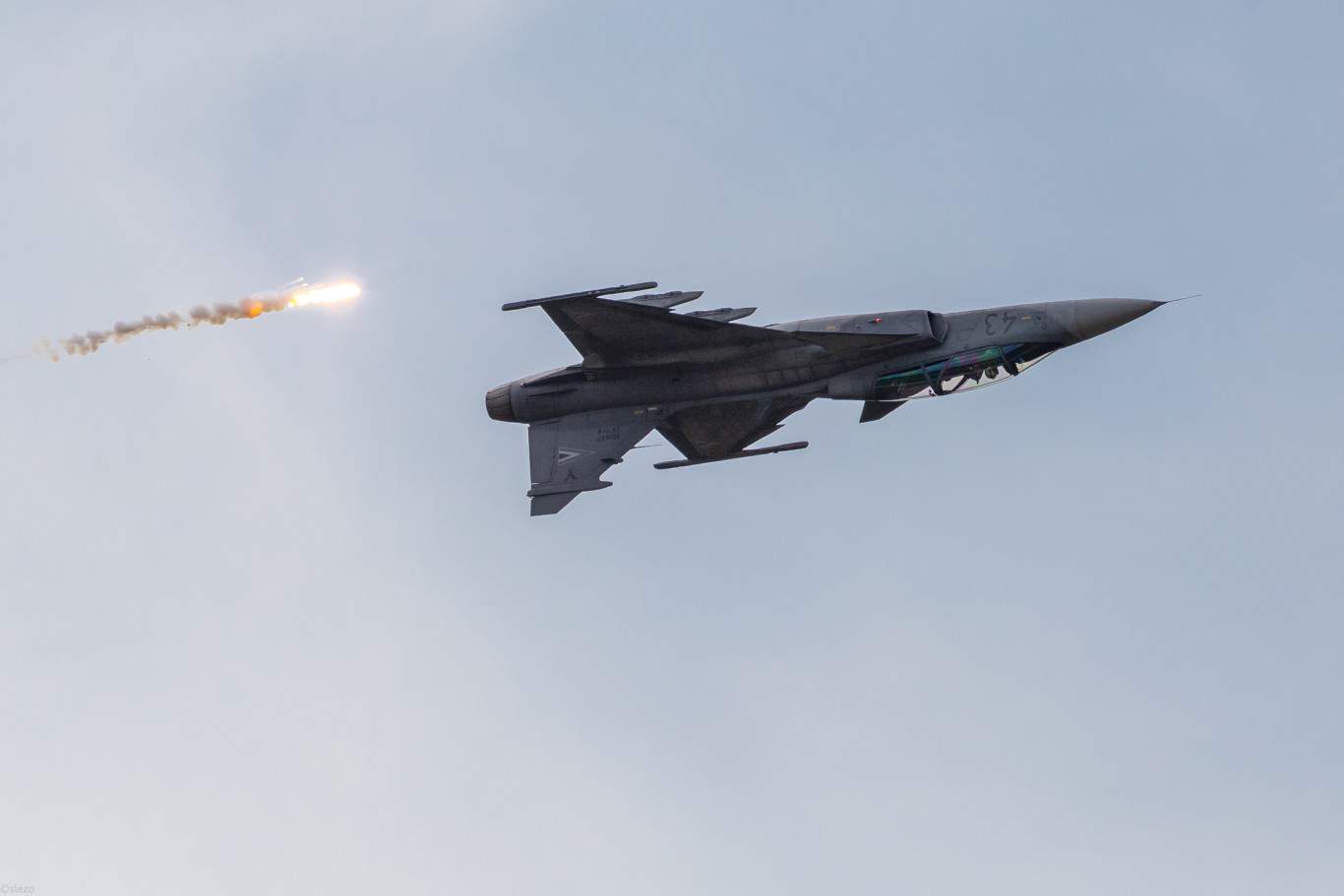
In terms of its ground forces, Czechia has 6,757 military vehicles (including 65 tanks and 53 artillery units). Czechia has 28,000 active-duty personnel out of a total population of 10.7 million.
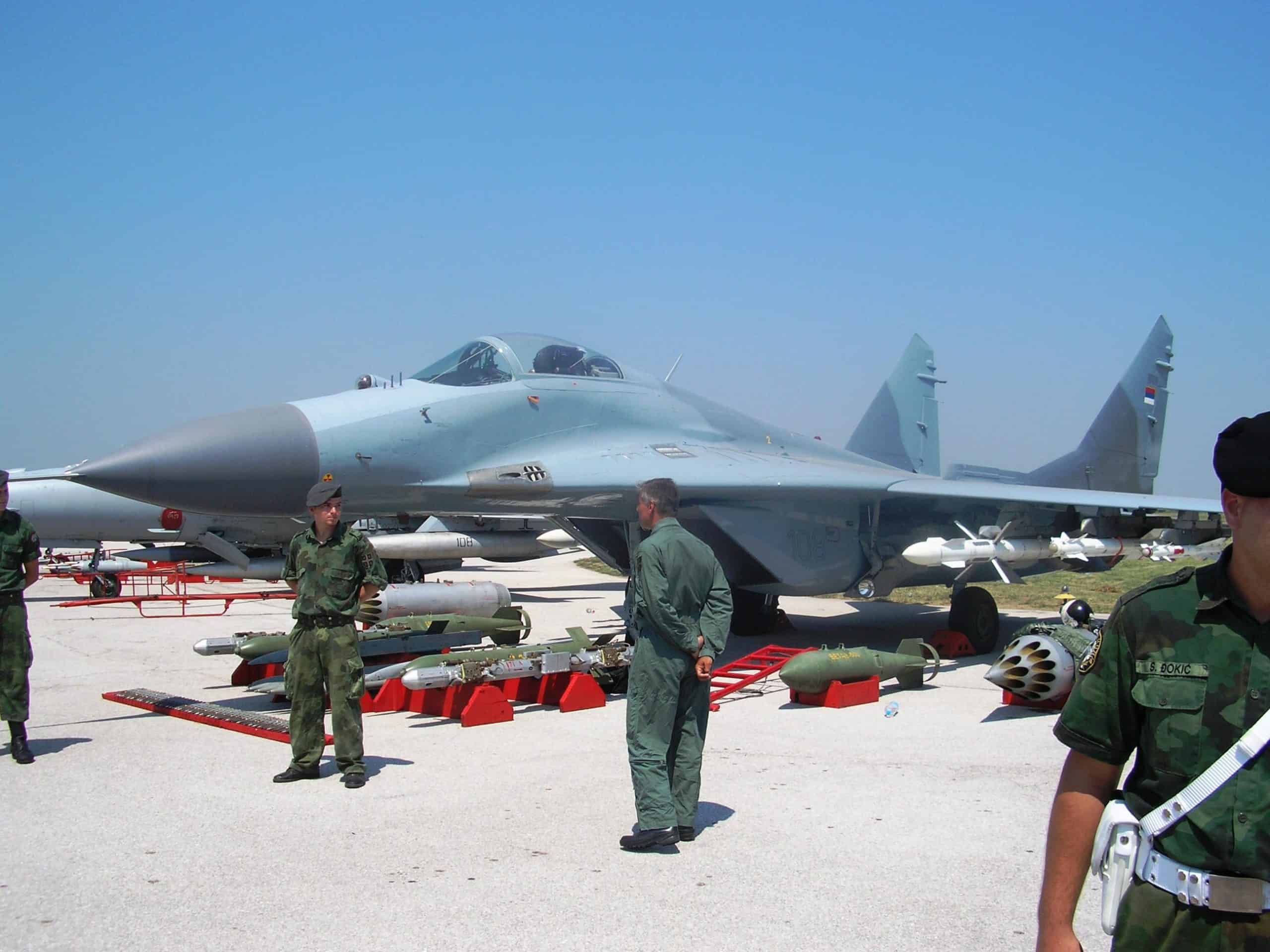
In terms of its ground forces, Serbia has 3,954 military vehicles (including 262 tanks, 162 artillery units, and 82 MLRS units). Serbia has 25,000 active-duty personnel out of a total population of 6.7 million.
In terms of its ground forces, the Netherlands has 3,176 military vehicles (including 18 tanks and 72 artillery units). The Netherlands has 41,380 active-duty personnel out of a total population of 17.5 million.
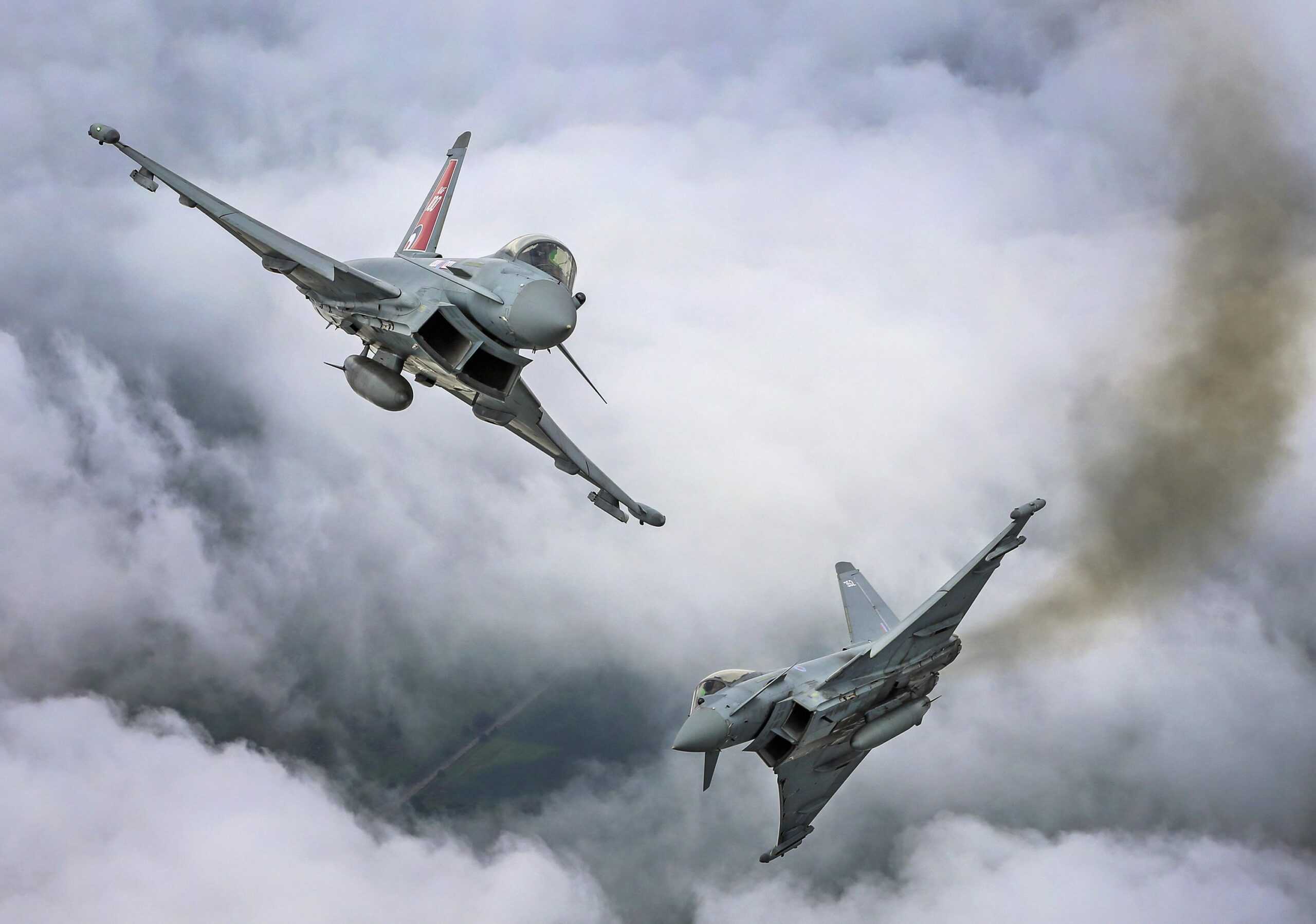
In terms of its ground forces, the United Kingdom has 27,203 military vehicles (including 213 tanks, 197 artillery units, and 41 MLRS units). The United Kingdom has 184,860 active-duty personnel out of a total population of 68.1 million.
In terms of its ground forces, Ukraine has 22,110 military vehicles (including 1,777 tanks, 2,217 artillery units, and 491 MLRS units). Ukraine has 900,000 active-duty personnel out of a total population of 43.3 million.
In terms of its ground forces, Norway has 7,048 military vehicles (including 36 tanks and 56 artillery units). Norway has 23,250 active-duty personnel out of a total population of 5.6 million.
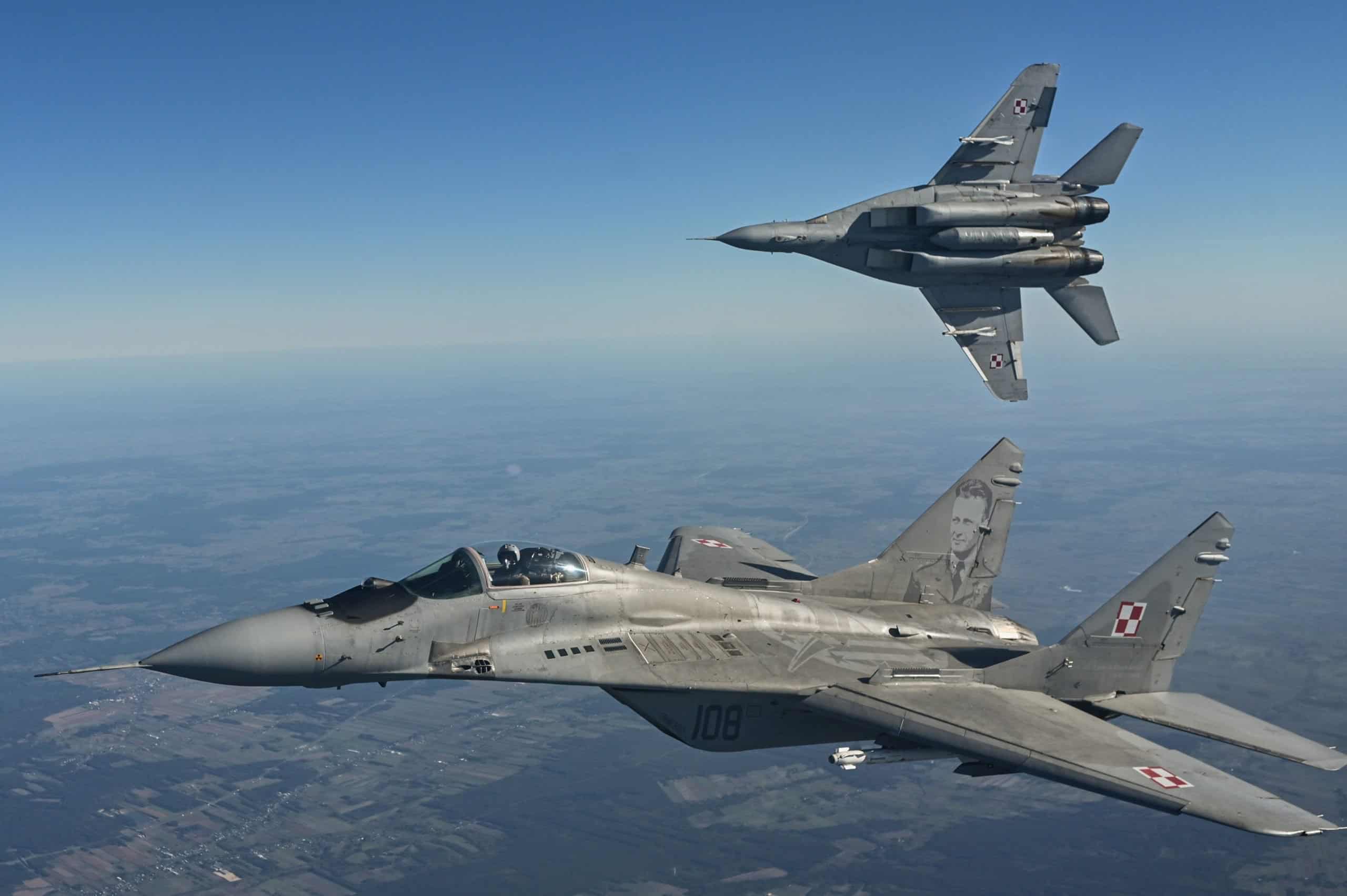
In terms of its ground forces, Poland has 13,956 military vehicles (including 612 tanks, 525 artillery units, and 211 MLRS units). Poland has 202,100 active-duty personnel out of a total population of 38.0 million.
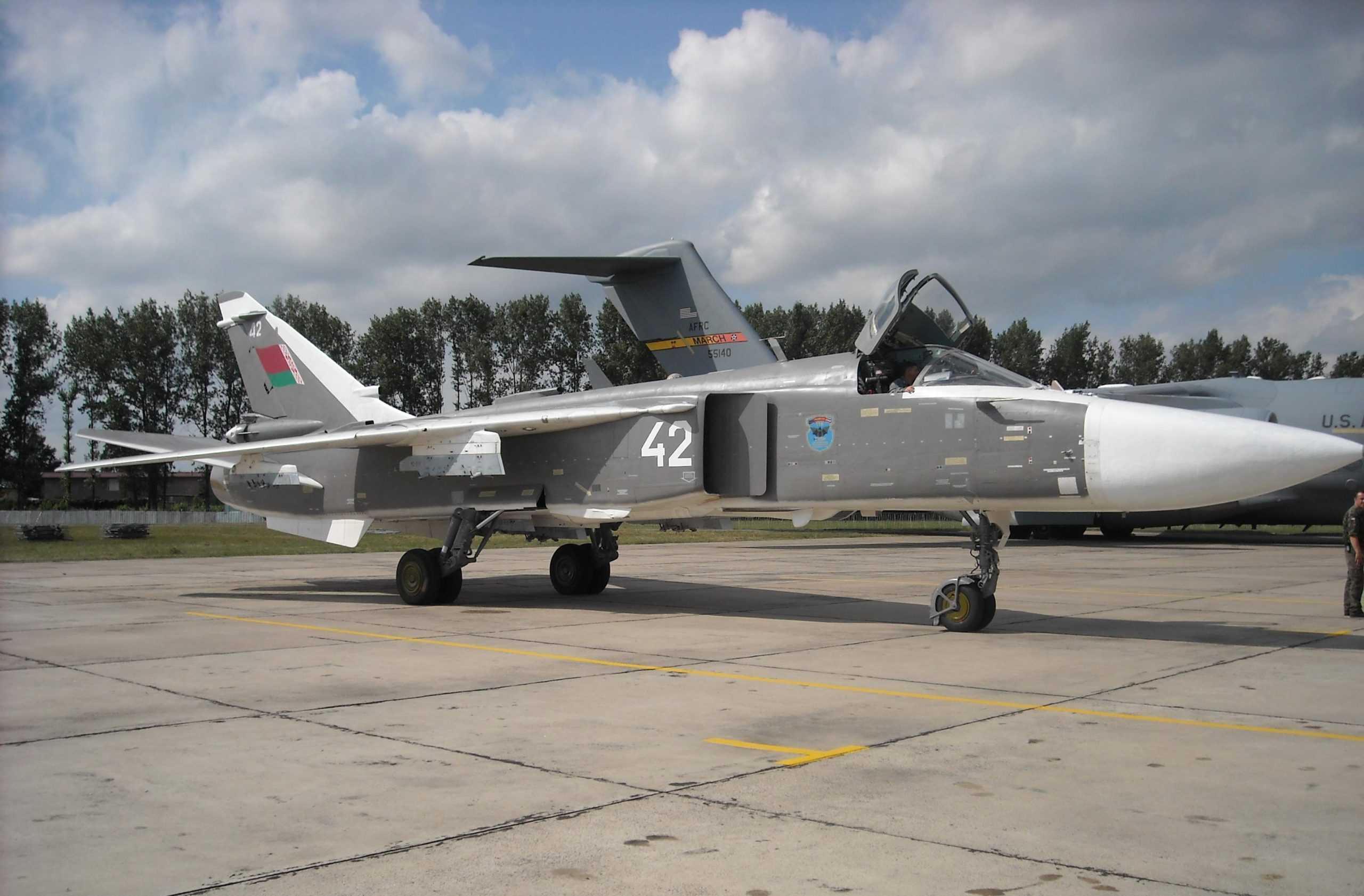
In terms of its ground forces, Belarus has 6,700 military vehicles (including 517 tanks, 539 artillery units, and 206 MLRS units). Belarus has 63,000 active-duty personnel out of a total population of 9.4 million.
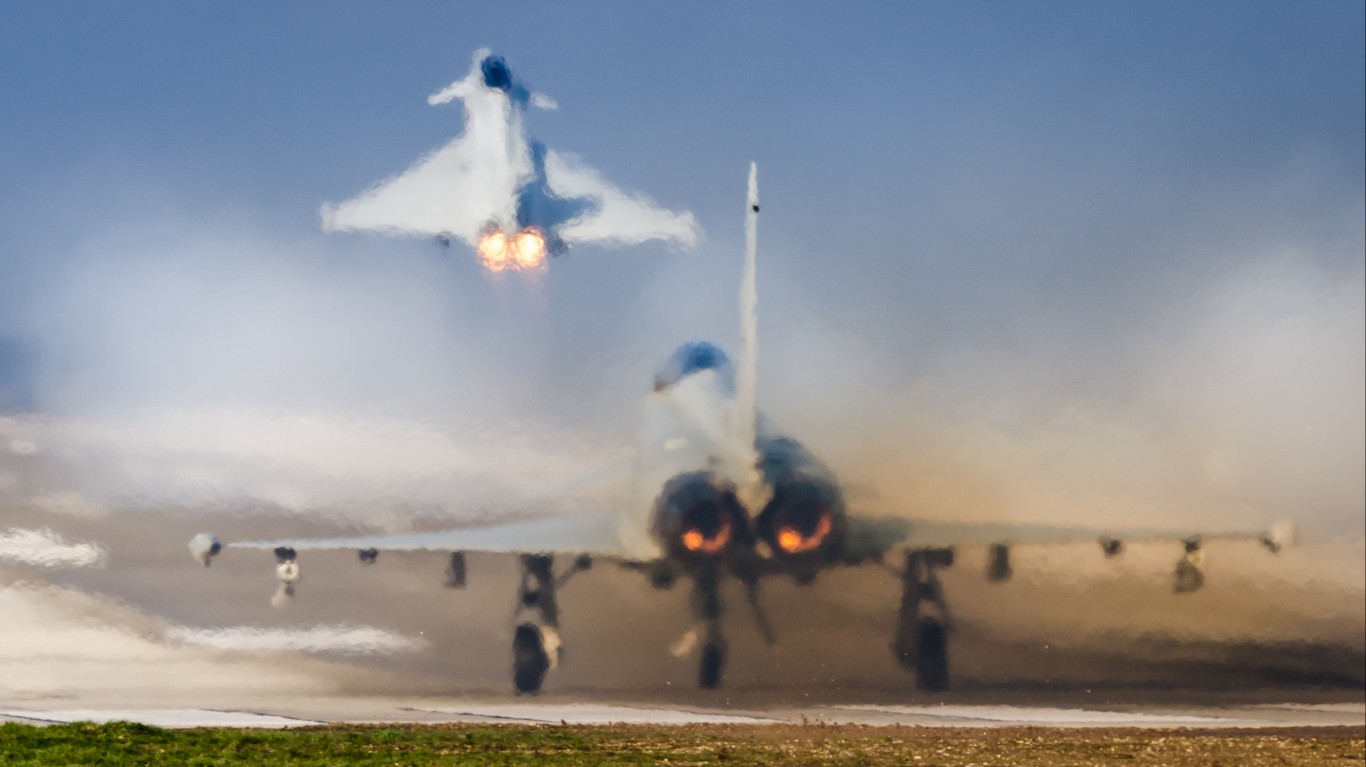
In terms of its ground forces, Italy has 61,892 military vehicles (including 200 tanks, 172 artillery units, and 21 MLRS units). Italy has 165,500 active-duty personnel out of a total population of 61.0 million.
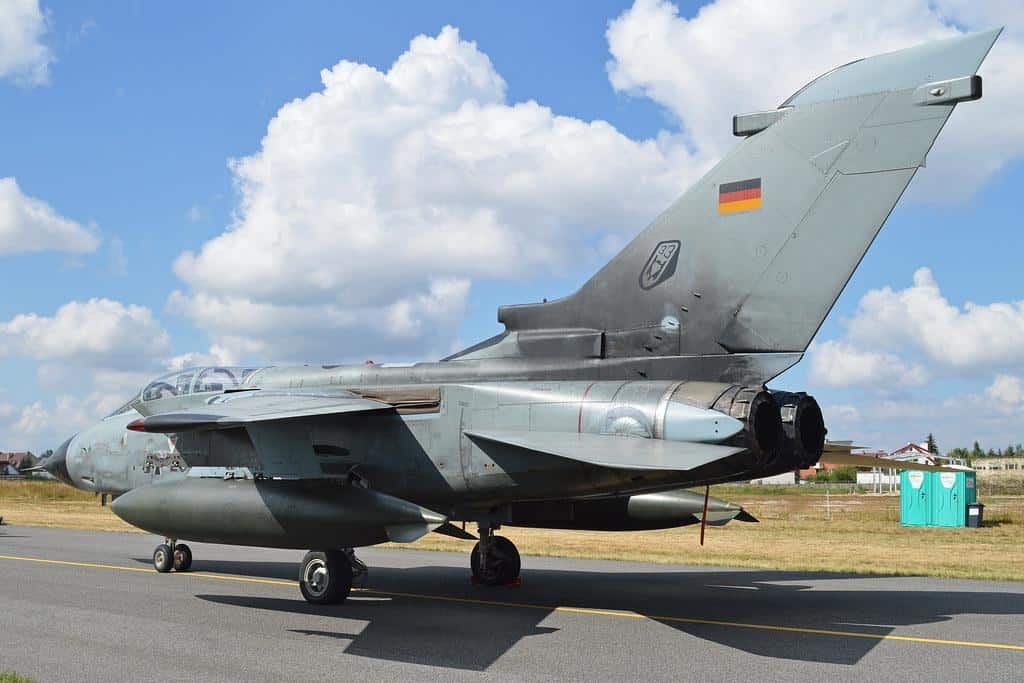
In terms of its ground forces, Germany has 79,317 military vehicles (including 295 tanks, 134 artillery units, and 33 MLRS units). Germany has 181,600 active-duty personnel out of a total population of 84.2 million.
Retirement can be daunting, but it doesn’t need to be.
Imagine having an expert in your corner to help you with your financial goals. Someone to help you determine if you’re ahead, behind, or right on track. With SmartAsset, that’s not just a dream—it’s reality. This free tool connects you with pre-screened financial advisors who work in your best interests. It’s quick, it’s easy, so take the leap today and start planning smarter!
Don’t waste another minute; get started right here and help your retirement dreams become a retirement reality.
Thank you for reading! Have some feedback for us?
Contact the 24/7 Wall St. editorial team.